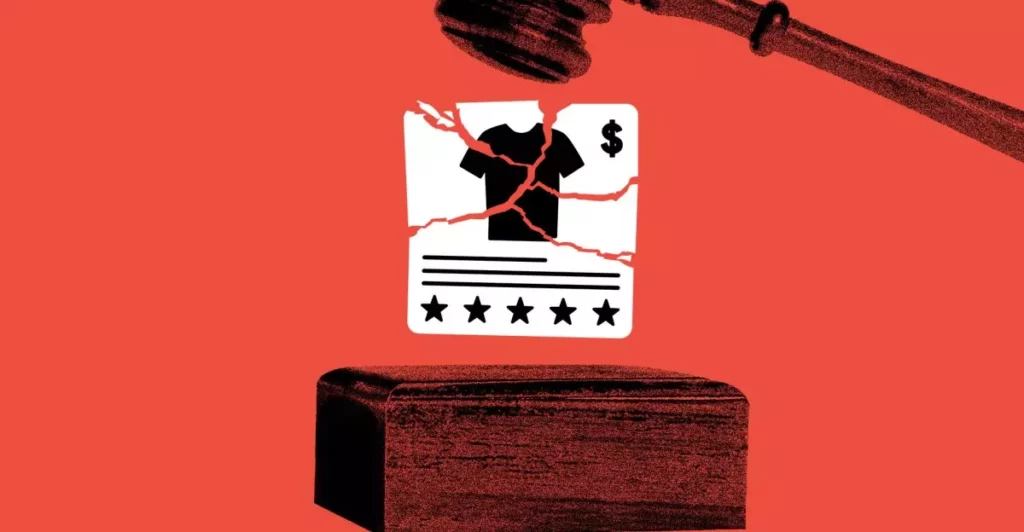In an era where digital platforms influence every facet of daily life, the clash surrounding TikTok’s fate highlights a disturbing shift in how nations project power. The United States’ aggressive stance—threatening to shut down a platform used by millions—underscores the extent to which technology has become intertwined with national security. Far from a simple corporate issue, it exposes a fundamental anxiety: states are increasingly willing to leverage economic and regulatory power to control information flows and technological infrastructure. This approach, centered on the threat of bans and forced divestments, lays bare a disturbing trend of overreach that risks transforming digital innovation into a geopolitical arena where only the strongest security narrative survives.
The U.S. government’s posture reveals an underlying disdain for the idea of foreign-controlled platforms operating unrestrained within its borders. It’s a dangerous game, cloaked in the rhetoric of safeguarding democracy and national security, yet fundamentally rooted in a desire to control the digital environment and prevent potential manipulation by hostile foreign powers. The pressure to force a sale or shutter TikTok altogether is yet another illustration of how technological sovereignty is fast becoming the new frontier of geopolitical influence. This move risks setting a precedent where digital platforms are no longer neutral tools but strategic assets that governments will scrutinize—and if necessary, dismantle—based on perceived threats.
The Algorithm War: Control, Trust, and National Security
Central to this confrontation is TikTok’s secret ingredient: the algorithm. This AI-driven engine is more than a content curator; it’s a powerful tool for shaping cultural perceptions, influencing political discourse, and molding consumer behavior. The U.S. government’s insistence on access to the source code symbolizes a deeper mistrust—one rooted in fears that a foreign-controlled algorithm could be exploited to serve the interests of a foreign government. Such fears, while not entirely unfounded, threaten to undermine the very essence of technological innovation driven by proprietary, complex AI systems.
The refusal of China to share the source code underscores an intrinsic divide: the Chinese government’s reticence stems from the protection of national technological secrets and the recognition of the platform’s strategic importance. For the U.S., this proprietary barrier represents more than an intellectual property issue; it signifies a challenge to its sovereignty. The idea that the algorithm could be manipulated remotely, altered to sow disinformation or influence elections, feeds into a narrative of existential threat—yet it also reveals a deeper misunderstanding of how innovation and control interact in the modern digital age.
By insisting on complete transparency, U.S. officials are risking curtailing the very innovation that keeps TikTok at the forefront of social media. Stripping away TikTok’s core algorithm would strip away its uniqueness and appeal, reducing it to a basic content-sharing app devoid of the addictive personalization that fuels its virality. Rather than fostering a nuanced security approach that balances innovation with oversight, the U.S. seems intent on weakening the platform, potentially sacrificing the cultural vitality it has cultivated. This shortsightedness mirrors a broader tendency of political overreach—securing control at the cost of innovation and user engagement.
The Illusive U.S.-only Version and the Future of Innovation
One of the more concerning possibilities is the prospect of a heavily sanitized version of TikTok operating solely within American borders. This idea—though officially denied—raises profound questions about the future of technological innovation and cultural exchange. Would an American-only TikTok stifle creativity and diminish the platform’s vibrancy, or could it be a strategic step toward safeguarding national interests? The answer is complex, yet the implications are straightforward: if the essence of the platform is stripped away, it risks becoming an irrelevant, hollow shell.
A bifurcated digital world—where one version of TikTok exists for the U.S. and another for the rest of the world—would fracture global cultural exchange. It would signal a retreat from the open, borderless internet that fueled previous waves of innovation. Moreover, it would set a dangerous precedent for other nations to lock down their digital spheres, risking a fragmentation of the global digital economy and a resurgence of digital nationalism. The broader consequence is an erosion of the principles of open markets and free enterprise that traditionally foster innovation. Instead, we would see a digital arena increasingly governed by national security concerns rather than competitive excellence.
Implications for Global Digital Authority and Innovation
A ban or forced divestment of TikTok, if realized, would send shockwaves through the tech ecosystem. It would serve as a stark warning to foreign platforms operating within the U.S., implying that geopolitical tensions could justify excluding or heavily regulating foreign digital giants simply because of their origins. This shift threatens to undermine the global trust necessary for innovation to flourish, embedding suspicion and protectionism into the fabric of digital development.
From a pragmatic, center-right perspective, this situation exposes the urgent need to recalibrate how nations manage foreign technology. While strict oversight and security are justified, an overzealous approach risks alienating international cooperation, reducing American influence on the global stage, and hampering the free flow of innovation. The right balance involves fostering technological sovereignty without resorting to banishment, promoting partnerships that secure national interests while embracing the benefits of open, competitive markets.
The fight over TikTok isn’t just about an app; it epitomizes a broader battle for the soul of digital innovation. If the U.S. succumbs to fear and protectionism, it risks ceding dominance to China and other nations willing to prioritize control over creativity. The future of global digital influence hinges on whether Western democracies can maintain a principled stance—protecting their sovereignty without retreating into insularity. The stakes are high, and the next few weeks will determine whether the U.S. will lead by example or settle for a diminished, fractured digital future.









Leave a Reply